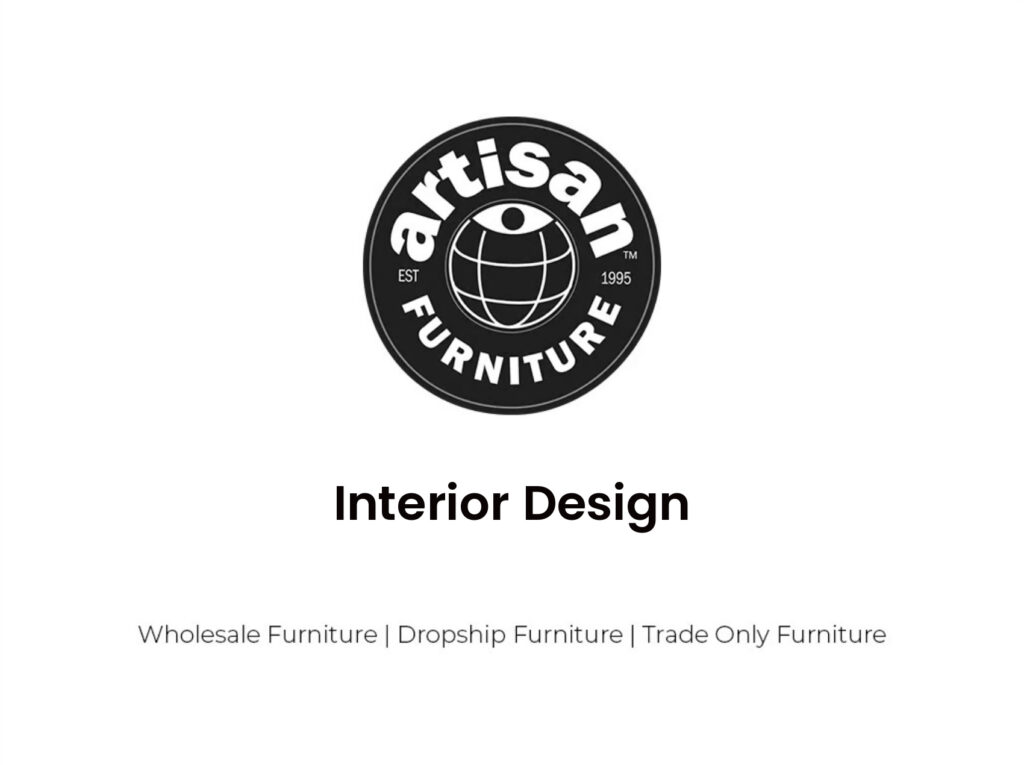Interior Design
Table of Contents
ToggleInterior Design: A Comprehensive Guide
Interior design is the art and science of enhancing the interiors, including the exterior, of a building to achieve a healthier and more aesthetically pleasing environment for the people using the space. It is a multi-faceted profession that includes conceptual development, space planning, site inspections, programming, research, communicating with the stakeholders of a project, construction management, and execution of the design.
The Importance of Interior Design
Interior design has a significant impact on the overall look and feel of a space. It can greatly enhance the quality of life of those who use the space by creating an environment that is both functional and aesthetically pleasing. A well-designed space can improve mood, increase productivity, and create a sense of comfort and relaxation.
The Elements of Interior Design
Interior design involves the manipulation of various elements to create a cohesive and harmonious space. These elements include space, line, form, texture, and color.
Space
Space refers to the amount of space that is available in a room, as well as how it is used and organized. Good interior design takes advantage of available space by creating functional and attractive arrangements that are appropriate for the room’s intended purpose.
Line
Line refers to the visual pathways that are created by the edges of objects and the outlines of shapes in a room. It is an important element of interior design because it can be used to direct the eye and guide movement through a space.
Form
Form refers to the three-dimensional shapes and volumes that are present in a room. It can be used to create visual interest and break up large, open spaces.
Texture
Texture refers to the surface quality of objects in a room. It can range from smooth and sleek to rough and bumpy. By using different textures, interior designers can add depth and interest to a space.
Color
Color is a powerful tool in interior design. It can be used to create mood, establish a sense of place, and draw the eye to specific areas of a room. It is important to choose colors that are appropriate for the intended use of the room, as well as for the personal preferences of those who will be using the space.
The Process of Interior Design
Interior design projects typically follow a six-step process:
- Client consultation
- Space planning
- Design development
- Material selection
- Implementation
- Final evaluation
In the client consultation step, the interior designer meets with the client to discuss the goals and objectives of the project. During the space planning step, the designer determines the best use of available space. In the design development step, the designer creates a visual representation of the project, including floor plans and elevations. During the material selection step, the designer chooses materials such as furniture, lighting, and fabrics. The implementation step involves overseeing the construction and installation of the design elements. The final evaluation step involves evaluating the completed project to ensure that it meets the client’s goals and expectations.
The Benefits of Working with an Interior Designer
Working with an interior designer can bring many benefits to a design project. An experienced designer can bring fresh ideas, technical knowledge, and a deep understanding of design elements to the table. They can also provide valuable insights into materials, construction techniques, and budget management. Working with a designer can save time, money, and effort, and ensure that the end result is a space that is both functional and aesthetically pleasing
. Additionally, an interior designer can provide a professional and objective perspective on a project, and can help to resolve design challenges and coordinate the efforts of all stakeholders involved.
Interior Design Styles
Interior design incorporates a variety of styles, each with its own unique aesthetic and historical influences. Some of the most popular interior design styles include:
- Traditional
- Modern
- Contemporary
- Industrial
- Rustic
- Minimalist
- Scandinavian
- Art Deco
Each of these styles has its own distinct features, such as the use of certain materials, colors, patterns, and textures. When working with an interior designer, it is important to choose a style that aligns with the client’s personal preferences and the intended use of the space.
Conclusion
Interior design is a multi-faceted profession that involves the manipulation of various design elements to create spaces that are both functional and aesthetically pleasing. By working with an interior designer, clients can enjoy the benefits of a professional and objective perspective, fresh ideas, and technical knowledge. With a variety of styles to choose from, it is important to find a design style that aligns with personal preferences and the intended use of the space. Whether you are looking to renovate a single room or design a new home, the right interior design can greatly enhance the quality of life for those who use the space.


